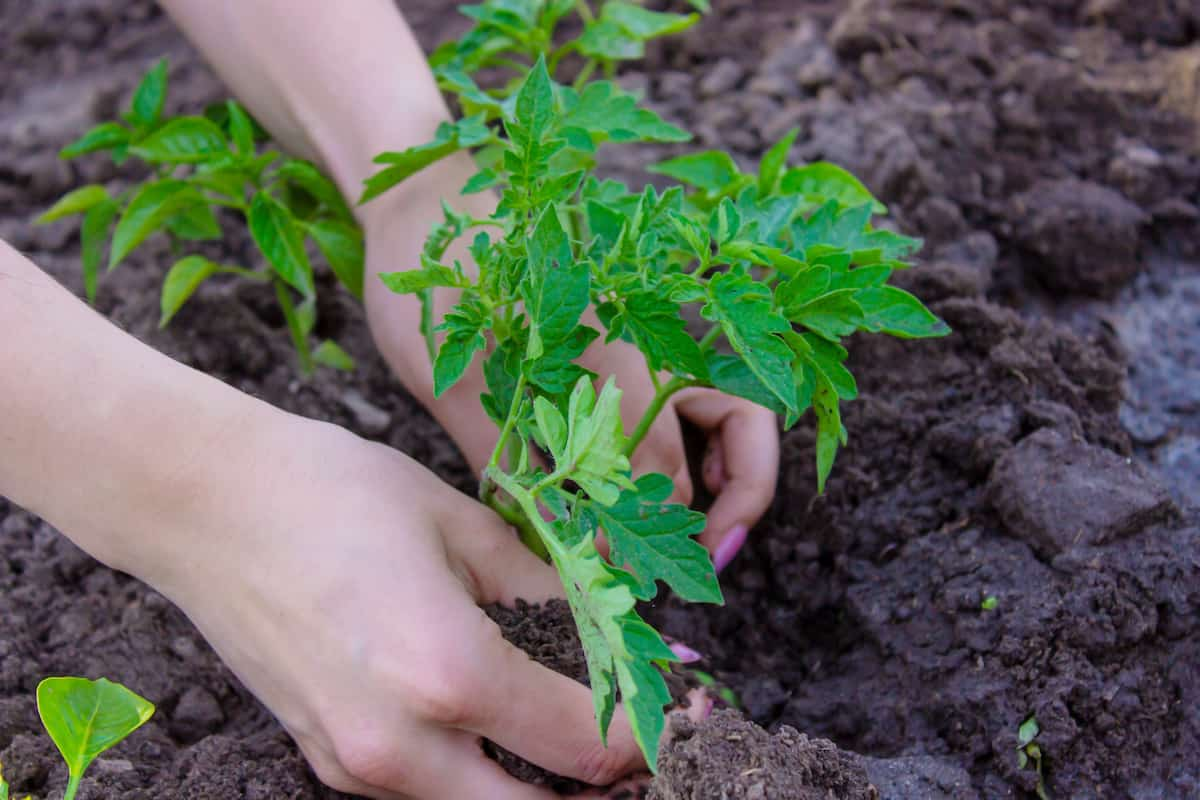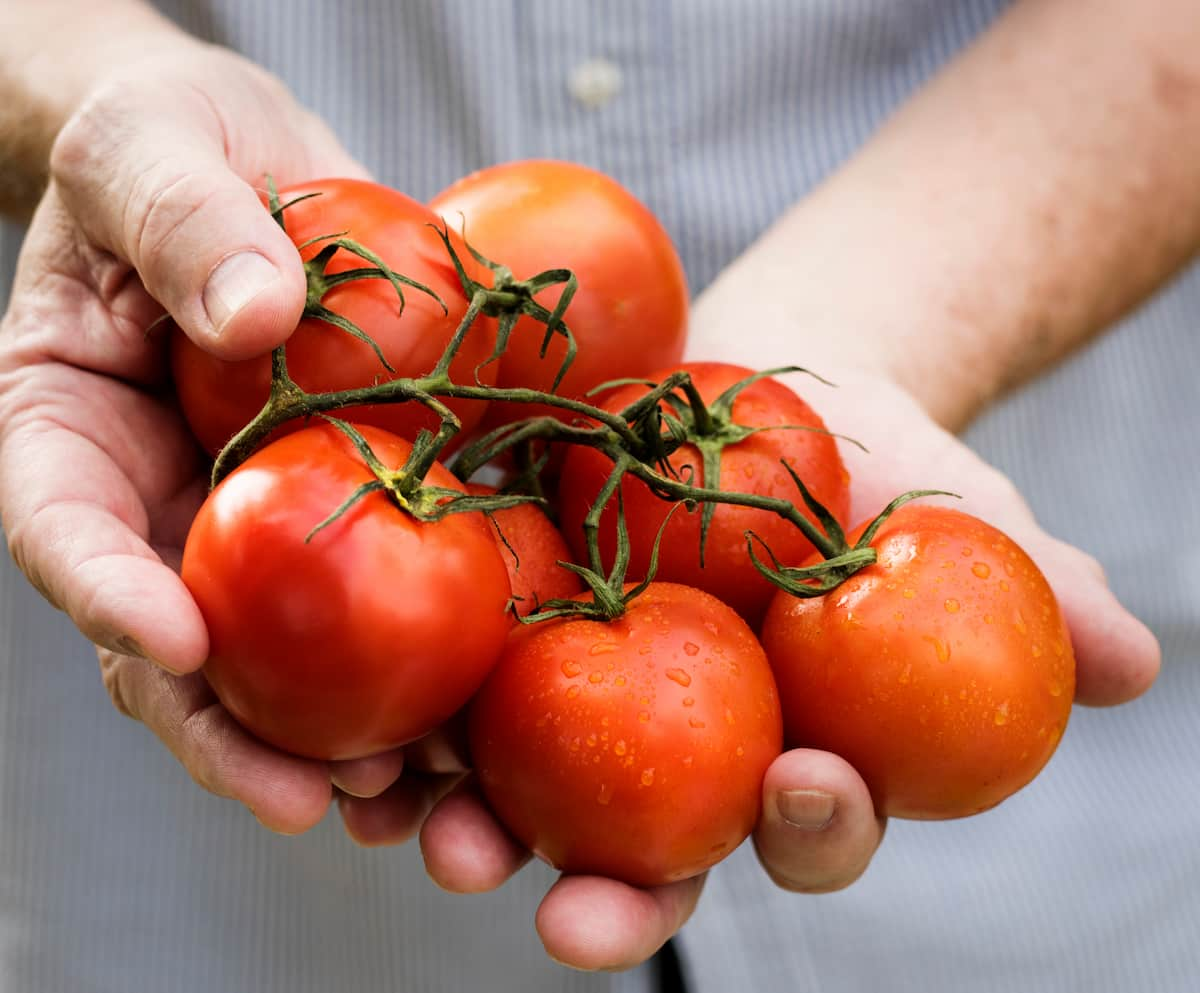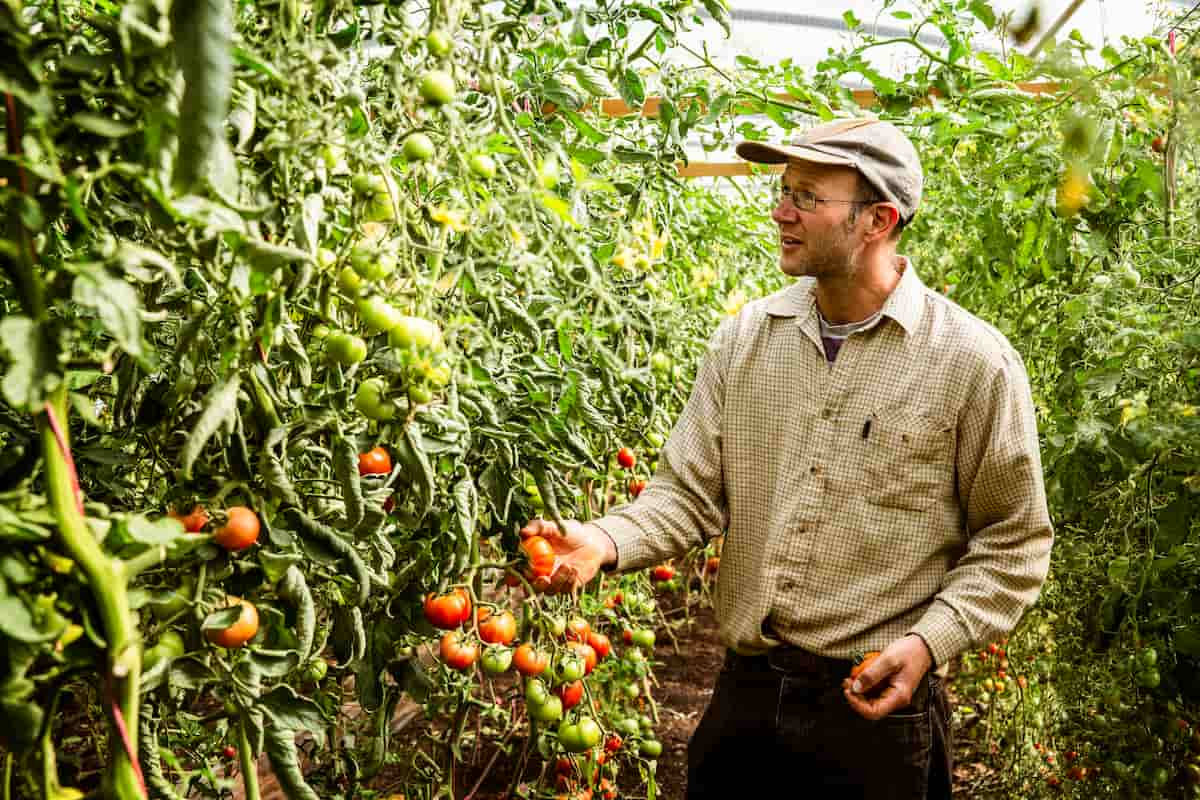Tomato farming is one of the most important agricultural activities in Egypt. The country is a major producer of tomatoes for local consumption and export to other countries. Egypt’s warm and dry climate is ideal for tomato cultivation, and the country has a long history of tomato farming. The following article covers Egyptian tomato growing, including varieties, production methods, and problems.

Tomato Farming in Egypt
Varieties of Tomatoes Grown in Egypt
Egypt produces a wide variety of tomatoes, including both open-pollinated and hybrid varieties. The most popular tomatoes in Egypt are beefsteak, cherry, and Roma tomatoes. Beefsteak tomatoes are large, juicy, and flavorful and are typically used for slicing and salads. Cherry tomatoes are often eaten as a snack or included in salads because of their tiny size and sweet flavour. Roma tomatoes are oval-shaped and have a meaty texture, making them ideal for cooking and canning.
Market for Egyptian Tomatoes
Egyptian tomatoes are exported to countries worldwide, including Europe, Russia, and the Middle East. The country’s proximity to major markets, such as Europe, gives it a competitive advantage over other tomato-producing countries. However, the quality of Egyptian tomatoes can vary widely, and there is a need for better quality control and post-harvest practices to improve the reputation of the country’s tomatoes in international markets.
Cultivation Practices Used in Egypt
Tomato farming in Egypt is typically done in greenhouses or open fields, depending on the size of the farm and the resources available to the farmer. Greenhouse farming has been more popular in recent years due to its advantages in terms of climate control and resistance to pests and diseases.
Soil Preparation and Planting
Plowing and tilling the soil to loosen it up and remove any weeds present is done in preparation for planting. The soil is then enriched with organic matter, such as compost or animal manure, to improve fertility. The seedlings are typically started in trays or pots and are then transplanted into the field or greenhouse when they are about six weeks old.
Watering and Fertilization
Tomatoes require regular watering, especially during Egypt’s hot and dry summer months. Irrigation is typically done using drip irrigation systems, which conserve water and deliver nutrients directly to the roots of the plants. Fertilizers are added to the soil to ensure the plants have the nutrients they need to grow and produce fruit.
Pest and Disease Management
Tomato plants in Egypt are susceptible to various pests and diseases, including whiteflies, spider mites, aphids, and leaf miners. To prevent these pests from damaging the plants, farmers use various pest management techniques, including insecticides and natural predators like ladybugs and lacewings. Diseases like Fusarium wilt, bacterial canker, and blossom-end rot are also common in tomato plants, and farmers use fungicides and crop rotation to prevent these diseases.
Harvesting and Post-Harvest Practices
Tomatoes are typically harvested when fully ripe and have reached their maximum size. In Egypt, tomatoes are typically harvested by hand, and the fruit is carefully picked to avoid damaging the plant or the fruit. After harvesting, the tomatoes are sorted and graded based on size, color, and quality. The tomatoes are then transported to packing houses, where they are sorted, packaged, and prepared for shipping to local markets or export to other countries.
In case you missed it: Frequently Asked Questions About Tomato Farming

Challenges Faced by Farmers
Tomato farming in Egypt is not without its challenges. One of the biggest challenges farmers face is the high cost of inputs, including seeds, fertilizers, and pesticides. The use of modern farming techniques, such as greenhouse farming, can also be expensive, and many small-scale farmers may not have the resources to invest in these techniques.
Egypt is a water-scarce country, and the agricultural sector consumes a significant amount of the country’s water resources. As a result, farmers may struggle to access sufficient water to irrigate their crops, particularly during drought.
Another challenge faced by farmers is the unpredictable weather conditions in Egypt. Climate change is expected to bring more extreme weather events, including droughts and floods, which can hurt tomato production. In addition, higher temperatures can lead to reduced yields and lower fruit quality. Droughts, floods, and extreme temperatures can hurt tomato production, and farmers must be prepared to adapt to changing weather patterns.
Transporting tomatoes from farms to markets can be challenging, particularly in rural areas with poor infrastructure. This can lead to spoilage and loss of quality, impacting farmers’ profits. The tomato market in Egypt is highly unpredictable, with prices constantly shifting in response to shifts in supply and demand. This can make it difficult for farmers to predict their profits and may make securing financing for their operations challenging.
Finally, tomato farming in Egypt is also vulnerable to pests and diseases, which can destroy entire crops and lead to significant financial losses for farmers. Using chemical pesticides and fungicides can be expensive, and many farmers may not have access to these inputs or may be unable to afford them.
Solutions and Future of Tomato Farming in Egypt
Several initiatives have been aimed at improving tomato farming in Egypt to address these challenges. One such initiative uses integrated pest management (IPM) techniques, which focus on using natural predators and biological controls to manage pests and diseases rather than chemical inputs.
Another solution is using modern farming techniques, such as hydroponic farming and vertical farming, which can help maximize yields and reduce the use of resources like water and fertilizer.
Finally, there has been a push towards developing new tomato varieties that are more resistant to pests and diseases, as well as drought-resistant and heat-tolerant varieties that are better suited to the challenging weather conditions in Egypt.
In case you missed it: How to Grow Greenhouse Tomatoes: A Step-By-Step Guide for Seed to Harvest

Conclusion
Tomato farming is an important agricultural activity in Egypt, and the country is a significant producer of tomatoes for local consumption and export. Many innovative solutions are being developed to improve tomato farming in Egypt despite farmers’ many challenges, including high input costs, unpredictable weather conditions, and pest and disease pressures. By adopting modern farming techniques, using natural pest management methods, and developing new tomato varieties, farmers in Egypt can continue to grow and thrive in this vital industry.
- Feed Your Flock for Less: Top 10 Tips to Save on Chicken Feed
- Ultimate Guide to Ossabaw Island Hog: Breeding, Raising, Diet, and Care
- Hatching Answers: The Top 10 Reasons Your Chickens Aren’t Laying Eggs
- Eggs and Economics: Breaking Down the Cost of Raising Backyard Chickens
- Defend Your Greens: Proven Methods to Keep Iguanas Out of Your Garden
- Ultimate Guide to Cinnamon Queen Chicken: A Comprehensive Guide for Beginners
- Ultimate Guide to California Tan Chicken: Breeding, Raising, Diet, Egg-Production and Care
- Ultimate Guide to Marsh Daisy Chicken: Breeding, Raising, Diet, and Care
- 10 Types of Chicken Farming Businesses You Can Start for Profits